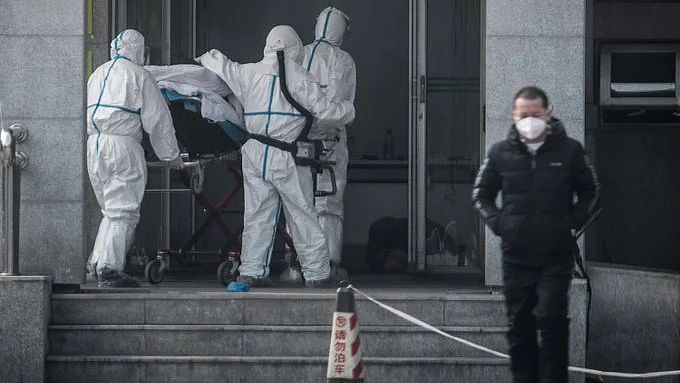Novel coronavirus explained: All you need to know about the deadly virus
Most of these viruses cause mild symptoms similar to common cold. However, infected people can experience severe symptoms like pneumonia, which then progress to acute respiratory distress syndrome

The current outbreak of coronavirus has millions on edge about what to expect next. As per most recent figures, 17 people have so far died because of it and hundreds have been infected..
While doctors report this is the same family as the severe acute respiratory syndrome (SARS) virus, officials say it appears to be a new disease.
So should we be worried? Here’s a look at what we know and how we can protect ourselves against this deadly virus.
What is the cornonavirus?
It is a novel coronavirus, one that we have never encountered before. The new specific virus is called the 2019 novel coronavirus (2019-nCoV). CDC experts are monitoring the outbreak of the respiratory illness caused by a novel (new) coronavirus.
In most cases, the majority of these viruses just cause mild symptoms that include a mild fever, cough, and nasal congestion - similar to the common cold. However, these viruses can be deadly. People can experience severe symptoms like pneumonia, which then progress to acute respiratory distress syndrome (ARDS), as well as kidney failure.
Where did it come from?
The outbreak started in the city of Wuhan, Hubei Province, China. This began in December of 2019 and continues to spread even more to various places. The US-based Centers for Disease Control and Prevention (CDC) has recommended that travellers avoid going to Wuhan, China in response to the outbreak of this illness.
Health officials in China have already reported hundreds of cases in the city to other parts of China and other countries, including the United States. The CDC said it is monitoring the situation and expects more cases to be confirmed.
The cases were linked to workers at a market. At that business, employees sold live animals, birds and fish. The market was finally shut down and disinfected.
Other reports, per CNN, stated that snakes may be the source of the newly discovered illness that has caused panic throughout the world.
How did it get its name?
The CDC reported that the name coronavirus comes from the Latin word corona, which in English means crown or halo. Under an electron microscope, the image of the virus looks like a solar corona. The novel coronavirus, which was identified by Chinese authorities is currently named 2019-noV. This has been reported that this is a new strain that has not previously identified in humans.
What are the symptoms?
Patients confirmed with the 2019-nCoV infection have mild to severe respiratory illness, reported CDC.
Symptoms can include shortness of breath, cough and fever. The symptoms of the illness may appear in as few as 2 days or as long as 14 days after the person has contracted the illness.
How does it spread?
According to the CDC, many patients in the outbreak in China had some link to a large seafood and animal market. Health officials are suggesting this is an animal-to-person spread. However, many people who now have the illness did not visit an animal market.
Authorities are now suggesting that person-to-person spread of the virus may be occurring. It is not clear yet how the 2019-nCoV spreads from person-to-person.
How is it being treated?
There is currently no vaccine to prevent the infection. Here are some things you can do to prevent the spread of this virus, according to CDC.
1.) Wash your hands often with soap and water for at least 20 seconds.
2.) If soap and water are not available, use an alcohol-based hand sanitizer.
3.) Avoid touching your eyes, nose, and mouth with unwashed hands.
4.) Avoid close contact with people who are sick. Stay home when you are sick.
5.) Cover your cough or sneeze with a tissue, then throw the tissue in the trash.
6.) Clean and disinfect frequently touched objects and surfaces.
Follow us on: Facebook, Twitter, Google News, Instagram
Join our official telegram channel (@nationalherald) and stay updated with the latest headlines
